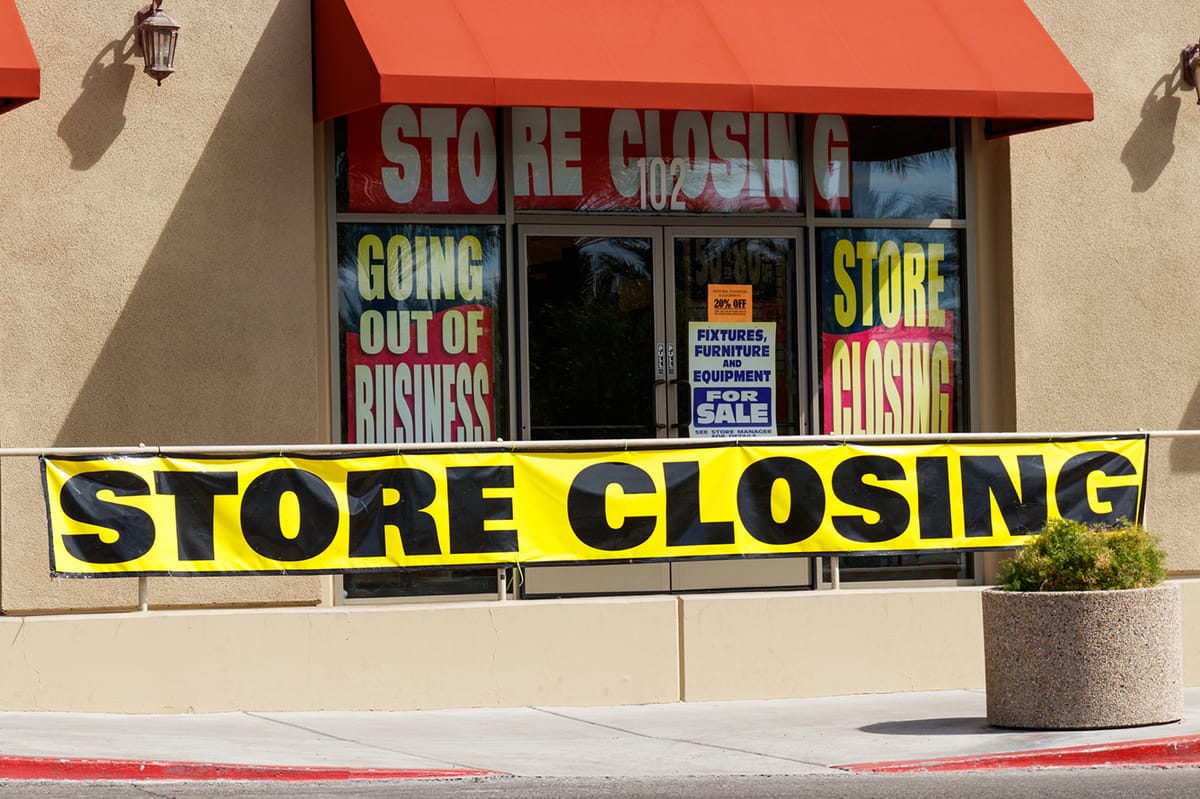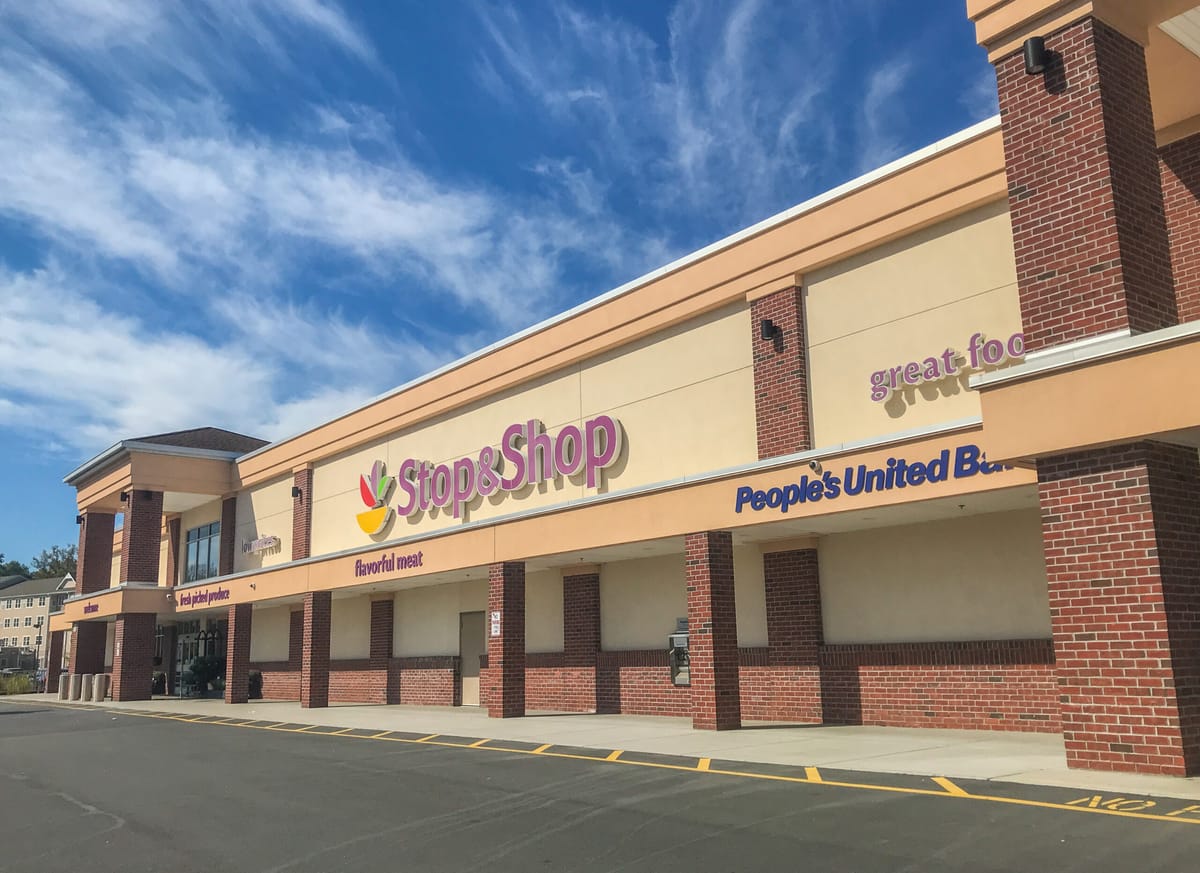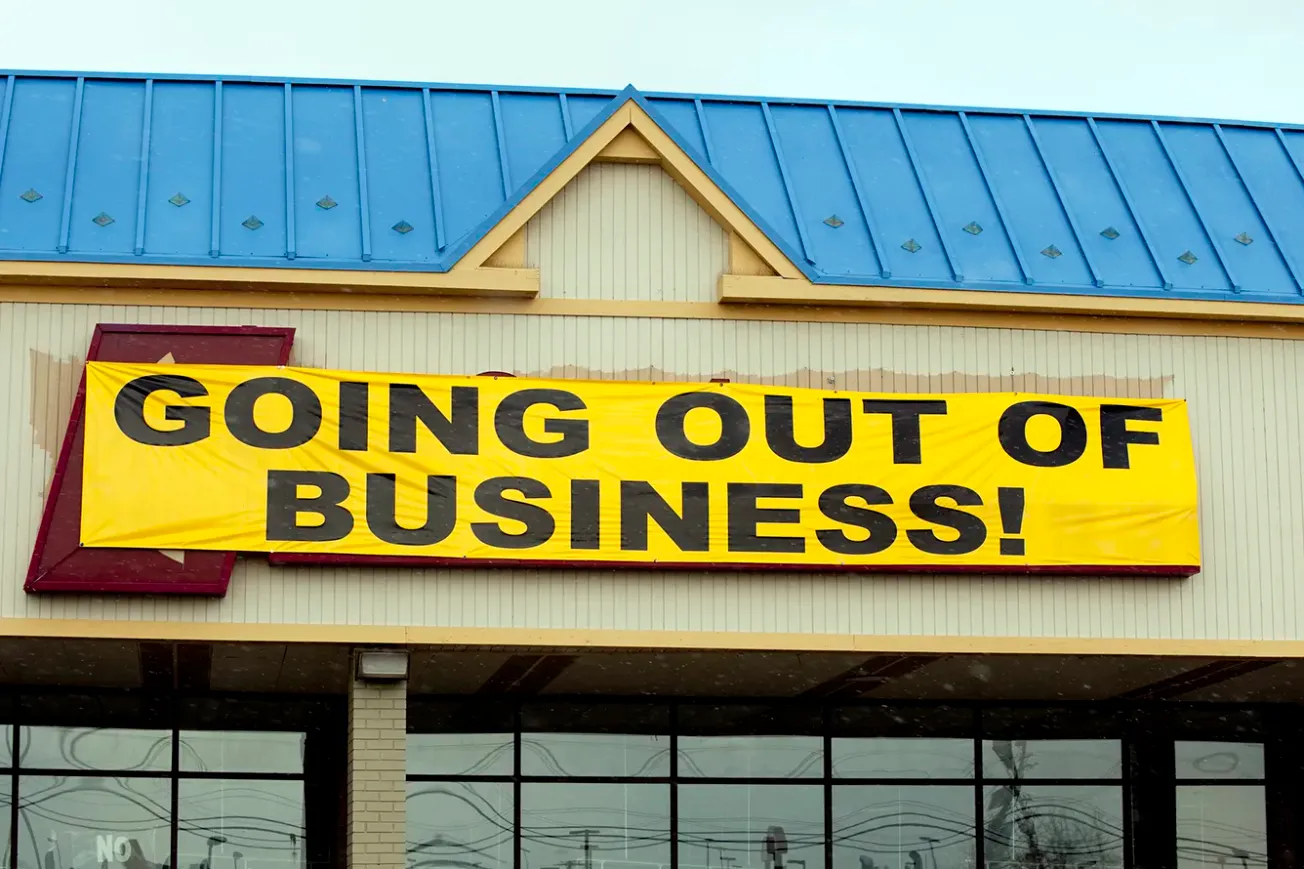NEW YORK — The U.S. retail market is grappling with a tough period as the rate of store shutdowns outpaces new openings, per a recent report from Coresight Research. After a period of steep declines from 2019 to 2021, the sector showed signs of recovery in 2022 and 2023, with more stores opening than shutting down. However, this trend has shifted in 2024, driven by rising economic pressures, consumer shifts toward convenience and personalization, and the continued growth of e-commerce.

According to Coresight Research, as of November 8, U.S. retailers have announced 6,481 closures versus 5,363 openings. Major closures, like American Freight’s bankruptcy-driven shutdown of 329 locations, highlight ongoing pressures, particularly for stores targeting lower-income consumers. Economic constraints — ranging from high interest rates and debt service costs to evolving consumer preferences — have prompted many retailers to reconsider their footprints.
Closures were also announced by Big Lots, another discount retailer, also undergoing Chapter 11 bankruptcy as it navigates economic constraints and a struggling housing market. John Mercer, Coresight’s head of global research, notes that retailers catering to lower-income consumers — such as American Freight and Big Lots — are particularly vulnerable to the economic landscape, with rising operational costs, housing market challenges and evolving consumer demands.

Some retailers, particularly discount and off-price chains, continue to expand their physical presence despite the challenges. Discount chains like Dollar General and Dollar Tree have led with substantial store openings this year, adding hundreds of new locations to cater to cost-conscious shoppers. Other discount chains such as Five Below, which focuses on low-cost goods for teens and young adults, also rank high in store expansions for 2024.

In the grocery sector, discount grocers like Aldi and Grocery Outlet, alongside organic and health-focused stores like Whole Foods Market and Sprouts Farmers Market, have significantly increased their footprint. Whole Foods and Sprouts, in particular, have adopted larger store formats to create a premium customer experience featuring fresh, organic, and prepared food selections. Publix, known for its customer service and upscale feel, has also expanded, opting for larger stores to meet diverse consumer demands.

Apparel and footwear have also shown resilience, particularly within off-price and discount segments. Stores like Burlington, TJX Companies (parent of T.J. Maxx and Marshalls), and Ross have added several new locations, highlighting their appeal among shoppers who seek fashionable items at reduced prices. This trend demonstrates how these stores have adapted well to the economic climate by attracting customers through value-oriented options in a challenging economy. Sports and outdoor activity-focused retailers, including Abercrombie & Fitch, JD Sports, Boot Barn and Foot Locker, are also experiencing expansion due to a growing interest in fitness, outdoor lifestyles and evolving fashion trends.
These expansion strategies reflect a more calculated approach as retailers respond to heightened consumer expectations around experience, convenience and affordability. For instance, retailers are increasingly focusing on enhancing their in-store experiences through well-designed spaces, which cater to evolving consumer habits and provide an edge over online shopping. Despite challenges, some categories like value-focused retail, discount grocers and specialized apparel are adapting and thriving in the current retail climate.

The industry’s pivot underscores the importance of adaptability in response to changing economic conditions and consumer priorities. Many retailers are leveraging data and insights to adjust their store counts strategically, and some, especially in discount and off-price sectors, are increasing their presence to capture demand for budget-friendly shopping options. These openings indicate a nuanced market shift where growth is concentrated in specific sectors, even as others contract. The U.S. retail landscape shows both consolidation and selective expansion, revealing an industry focused on flexibility and resilience as it navigates a complex, post-pandemic economy.









